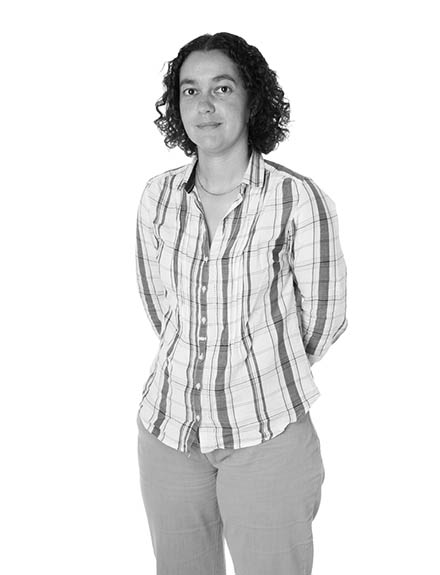| marie-hélène le ny |
|
photographist |

|
"During
my PhD in metallogeny – the study of the concentration of metallic
elements in the earth's crust – I did a lot of work on the
gold concentration processes in the continental crust. I continued
to focus on this theme by studying other geological terrains,
geological ages and metallic elements. I still work on understanding
metal concentrations in the crust, but for several other metallic
elements: uranium, lead, zinc, copper, etc. We conduct geological
fieldwork, where we study rocks, observe the geology of a sector
and visit mining sites to recover geological objects that have
been drilled out of the ground. There is currently much research
being carried out on metallic elements, and it is becoming more
diverse, covering strategic metals which are the object of significant
industrial pressure: lithium, niobium, tantalum, tin and tungsten.
All natural resources come from a natural environment. A balance must be maintained between the extraction of an element from its natural environment and the preservation of this natural environment. When one searches for a metallic substance, for example the element uranium, this chemical element will always be found within in a mineral, and the mineral will itself be found within a rock. If this rock is of economic interest, it will be referred to as ore. When a subsoil is mined, this not only benefits the industry which exploits it, but it is also the lifeblood of an entire region. Very large deposits with low uranium contents – between 2% and 5% – are exploited in Kazakhstan and Niger, and are currently being explored in Mongolia. Those of the Massif Central have been abandoned because the content is too low. Uranium often occurs in the form of oxides, which are black minerals. Its high level of radioactivity is used for exploration." |
||
|
Anne-Sylvie André-Mayer Professor at the University of Lorraine – ENSG – GeoRessources Laboratory |
|||
|
|
|
|